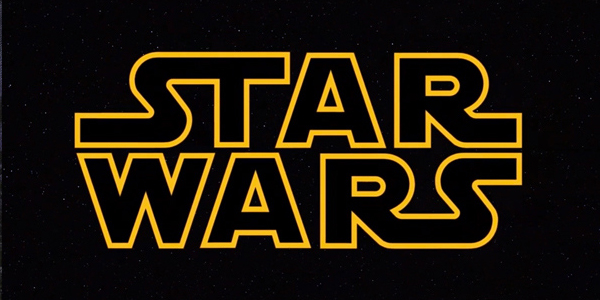… what the heart wants. Right? As a kid, fairy tales were the reading fare. You know – Rapunzel (prince saves girl from evil witch and they live happily ever after), Sleeping Beauty (prince saves girl from evil witch and they live happily ever after), Snow White (prince saves girl from evil witch and they live happily ever after), Cinderella (prince saves girl from evil witch and they live happily ever after). The list goes on. And as a kid, I thought that was the height of romance.
So, when I hit my teen years, I had a firm foundation of romantic beliefs built up. What did I read then? I read Harlequin Romances (boy and girl have struggles, fall in love and live happily ever after). My allowance money went to belonging to a Harlequin book club. I chose the Historical club. Every month I got a box of four to six novels that were some combination of medieval romances, western romances and regency romances. I’d start with my favorite, the medievals, move on to the westerns and then read the regencies.
I read them voraciously and then would have to wait weeks for the next box. Back then, I’m not sure if my library carried romance novels or not. I don’t remember looking. Libraries do now though, I’m happy to say. In between, I’d read fantasies, sci-fi, biographies and whatever else my parents had sitting around. But it was all on hold once I got my new box of romances.
I’m grateful for Harlequin romances for taking up where my fairy tales left off and providing me and millions of women with stories that give us what our hearts want. Not to mention being a major market for romance writers for decades. I still read Harlequin’s and my first dreams of writing included being published by them.
Fast forward thirty years and what do I read and write? Romance. Despite three failed marriages, and the occasional jaded cynic’s hat I wear, beats the heart of a die-hard romantic. My favorite movies are romantic. My favorite storylines in other genres are the romantic ones. Even when dramas and stories end on a sad or bad note, I always think – we just need one more chapter, one more scene and this can be fixed. They can have a happy-ever-after. I know it.
Is it naïve? Maybe. But what I love about romance is that no matter the journey I go on – thrilling, sweet, harrowing, magical, tragic – I KNOW that at the end, everything will be okay, the couple will be together and all will be right in the world. Okay, it probably is really naïve. I don’t care. I’m a happier person because of it.
This may be a really strange analogy, but bear with me. Romance is like a good natural disaster flick (2012, The Day After Tomorrow, Armageddon) which I also love. They’re hopeful. They end on a positive note. And I want that.
Natural Disaster:
- Everything is going wrong (global temperature shift/giant asteroid is about to destroy earth)
- We rise to the occasion and fix the problem (mankind joins together in global effort to save earth)
- When all is said and done, regardless of the fact that maybe the majority of mankind has died horrifically, mankind triumphs and earth survives. YAY!
Romance:
- Everything is going wrong (boy and girl have conflict – internal and external)
- We rise to the occasion and fix the problem (boy and girl each overcome their own character flaws and whatever else is preventing their relationship)
- When all is said and done, regardless of the problems encountered, love conquers all. YAY!
This is why I write romance. My heart wants happy endings. Now though, I want modern fairy-tales where boy and girl save themselves and each other from bad choices/tendencies and work to keep their happy-ever-after happy. That seems more realistic, less naïve and still hopeful.
What do ya’ll think?

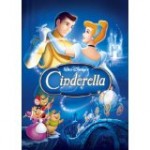
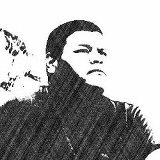
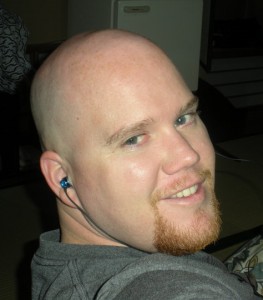 My story of a writer begins with the rejection and insecurity of a young boy who was searching for his place in the world. I was a tall, scrawny kid with glasses who was always on the honor role. One of the first things you learn is that the world is a cruel place, but no matter what troubles befell you in life, you could always find a little respite in the pages of a book.
My story of a writer begins with the rejection and insecurity of a young boy who was searching for his place in the world. I was a tall, scrawny kid with glasses who was always on the honor role. One of the first things you learn is that the world is a cruel place, but no matter what troubles befell you in life, you could always find a little respite in the pages of a book.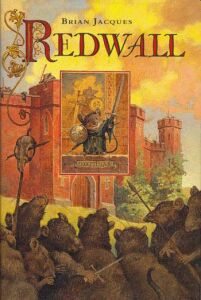 Other books came along that amazed me in other ways. Dragonlance taught me the power that magic can bring to even a frail wizard, and believe me, as a lanky teenager, such power was very alluring. I began to learn how each author could create a new existence, create so many emotions, with nothing more than a pen and paper. Dragonriders of Pern. Lord of the Rings. The Wheel of Time. They all drew me in. They let me experience power and loss, the struggle for glory and the failures that connect us. I wanted to join them in their world, and leave mine behind, and so I did the next best thing.
Other books came along that amazed me in other ways. Dragonlance taught me the power that magic can bring to even a frail wizard, and believe me, as a lanky teenager, such power was very alluring. I began to learn how each author could create a new existence, create so many emotions, with nothing more than a pen and paper. Dragonriders of Pern. Lord of the Rings. The Wheel of Time. They all drew me in. They let me experience power and loss, the struggle for glory and the failures that connect us. I wanted to join them in their world, and leave mine behind, and so I did the next best thing.